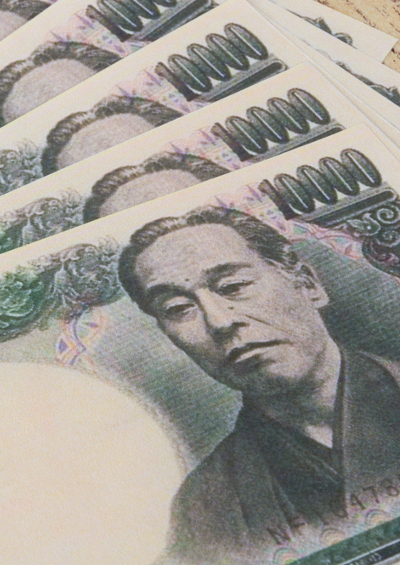Japan Rolls the Dice: A Report From Tokyo
On the global consequences of a large economy refusing to reform itself.
November 1, 2014

On October 31, 2014, the government of Japan, through its subservient monetary arm, the Bank of Japan, made yet another desperate move. In an effort to address the depressing economic situation, it doubled up on its bet from “super duper quanto easing” gamble to “maxi super duper quanto easing.”
▪ Also: The Globalist’s
The BOJ has already been purchasing 70% of all new Japanese government bonds. Today, it announced that it would increase that amount up to some 85% of all new government debt! In effect, Japan has melted monetary and fiscal policy into one.
In addition, the BOJ announced that it would triple the amount of equities and real estate funds it is currently purchasing.
This means that the Bank of Japan’s next phase of quantitative easing will be, relative to its GDP, four times larger than what the Fed was doing at the peak of the U.S. experiment with its monetary easing.
To borrow a phrase from the British rock band Dire Straits, it is “Money for Nothing.”
Failed economic policies
What have been the results of AbeAso economic policies so far? After two years of jabber and the promised magic of still more deficit spending and the pursuit of an ultra-aggressive monetary easing, in the month of September Japanese household spending contracted at an annual rate of 5.6% and real household income plummeted by 6%.
Relying on monetary policy and year after year of increasing public and private sector debt, while avoiding to undertake long overdue structural reforms, is a strategy destined to failure.
What needs to be done? How about the following? First, encourage the immigration of 7-8 million young, well-educated young families to move to Japan. Second, privatize virtually everything the Japanese government owns. And third, take a blowtorch to the endless red tape that so often emasculates Japan’s economy and initiative in general.
One of the consequences of these high-risk policies is that the yen will fall still further and faster. Over the medium term, I expect it at 140-150 yen to the U.S. dollar.
Imagine what that will do to the world trading system. No one should imagine for a split second that South Korea, China, Taiwan or the other nations will simply sit on their hands and look the other way, while Japan gambles on this Hail Mary attempt to export its problems to the world economy.
The issue is bigger than Japan
Around the globe, as in Japan itself, we have all watched this ongoing calamity for a couple of decades now. I have had – and continue to have – quite different views from most about where the “AbeAso train” is headed. Unfortunately, it is headed into the wall. That is a problem for Japan. It is also going to be a massive problem for the world economy.
How can an economy move ahead, when the real income of wage earners, between the beginning of 2013 and the end of 2015, is set to decline by 9.2%? That is my latest estimate of what will be the result of the 100% increase in the sales tax, plus the surge in import prices due to the aggressive yen devaluation strategy in an environment where nominal wages remain flat.
Add into the mix four more problems – First, a contraction of both the overall population and of the labor market. Second, a refusal to countenance immigration on a scale that would make a difference. Third, rising competition virtually everywhere around the globe, and fourth, no significant structural reforms.
With the vast failure of leadership which this situation reflects, Japan faces the clear future prospect of economic and financial failure of historic proportions.
Bottom line: Other nations beware
In a global context, there can be no clearer warning to others, than what is happening in Japan. Relying on exceptional monetary policy and systematic increases in private and public sector debt, while avoiding making deep structural reforms, is a strategy for failure.
The longer political and economic leaders fail to engage deep and pervasive reforms, the more difficult and problematic will be the outcome. Japan has no monopoly in this regard.
Takeaways
In a global context, can there be any clearer warning to France, Italy, and others than what is happening in Japan.
Japan's next phase of quantitative easing will be, relative to its GDP, four times larger than what the Fed did at its peak.
Japan faces a vast failure of economic and political leadership – and an economic failure of historic proportions.

